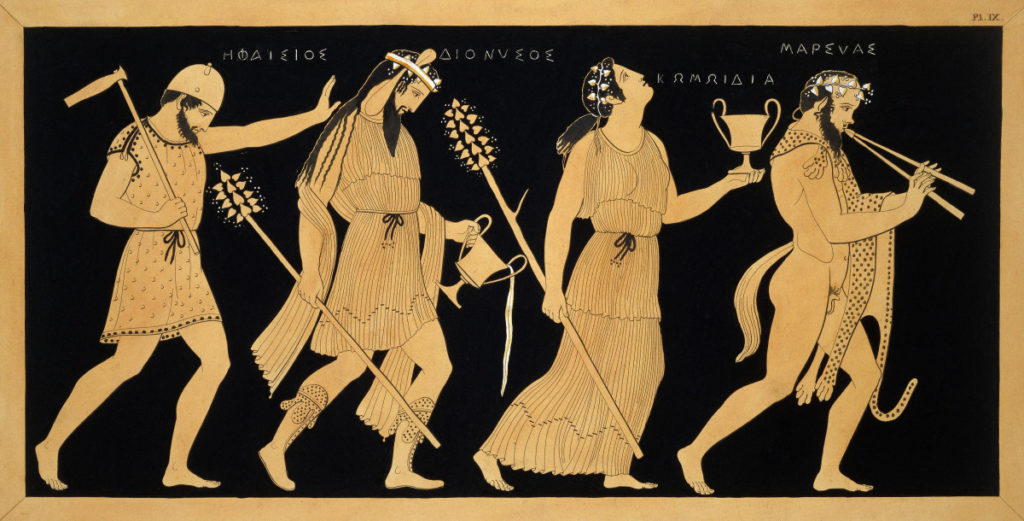Table of Contents
AMERICAN MYTHOLOGY
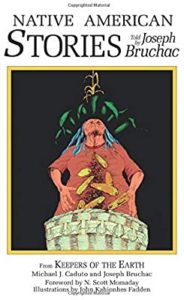 |
Joseph Bruchac’s Native American Stories (Fulcrum, 1991) is a collection of myths from a wide range of North American tribes. Included are “The Earth on Turtle’s Back,” “Loo-wit the Fire-Keeper,” “Old Man Coyote and the Rock,” “How Raven Made the Tides,” and many more. For ages 7 and up. |
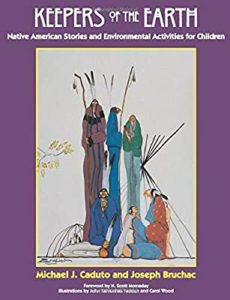 |
By Michael J. Caduto and Joseph Bruchac, Keepers of the Earth (Fulcrum, 1997) pairs traditional Native American myths with background information and hands-on science-based activities. For ages 7-13. In similar format, see Keepers of Life, Keepers of the Night, and Keepers of the Animals. |
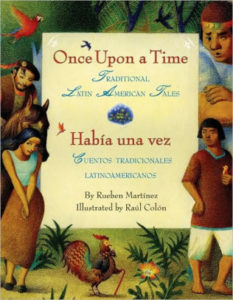 |
By Rueben Martinez, Once Upon a Time (HarperCollins, 2010) is a bilingual collection of seven traditional myths and legends from Latin America. For ages 4-8. |
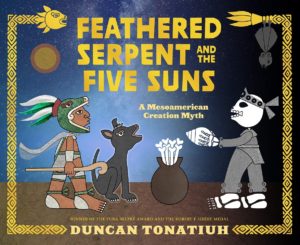 |
Duncan Tonatiuh’s Feathered Serpent and the Five Suns (Harry N. Abrams, 2020) is a picture-book retelling of a Mesoamerican creation myth, the story of Quezalcoatl. For ages 5-9. |
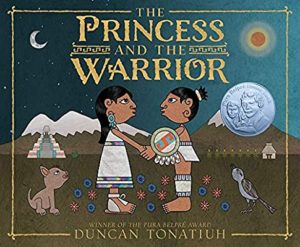 |
Duncan Tonatiuh’s The Princess and the Warrior (Harry N. Abrams, 2016) is the Aztec legend that explains the origins of the volcanoes Iztacclhuatl and Popocatepetl. (Don’t panic; pronunciation guide included.) For ages 4-8. |
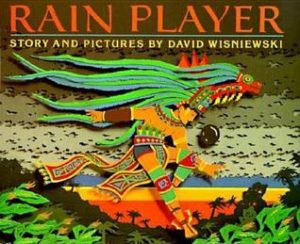 |
By David Wisniewski, Rain Player (HMH, 1995) is a picture-book version of a Mayan tale in which a boy must defeat the Rain God in a ball game to save his people from disaster. For ages 4-8.
|
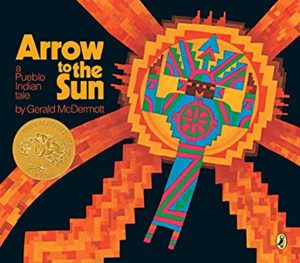 |
Gerald McDermott’s Arrow to the Sun (Puffin, 1977) is the Pueblo Indian tale of a boy whose father proves to be the Sun god. For ages 4-8. |
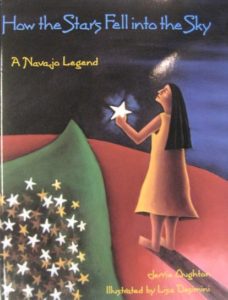 |
Jerrie Oughton’s How the Stars Fell Into the Sky (HMH, 1996), First Woman attempts to write the laws of the land in the sky, only to have everything scattered by the impatient Coyote. For ages 4-8. |
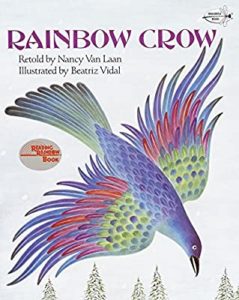 |
Nancy Van Loon’s Rainbow Crow (Dragonfly Books, 1991) is the story of how the crow lost his singing voice and beautiful multicolored feathers while bringing fire from the Great Sky Spirit to Earth. For ages 4-8. |
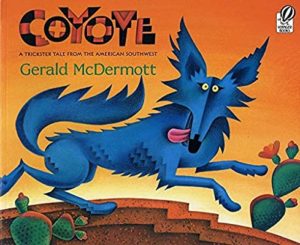 |
Gerald McDermott’s boldly illustrated picture-book trickster tales include Coyote (HMH, 1999) from the American Southwest; Raven (2001) from the Pacific Northwest; and Papagayo: The Mischief Maker (1992) and Jabuti the Tortoise (2005) from the Amazon. For ages 4-8. |
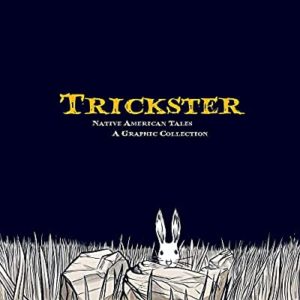 |
All cultures have tricksters. Edited by Matt Dembicki, Trickster (Fulcrum, 2010) is a prize-winning graphic collection of 21 different Native American trickster tales for ages 10 and up. |
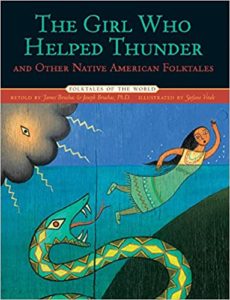 |
Adapted by Joseph Bruchac The Girl Who Helped Thunder (Sterling, 2008) is a wonderful anthology of Native American tales from a wide range of tribal traditions. Each story is introduced with background information about its tribe of origin. For ages 8-12. |
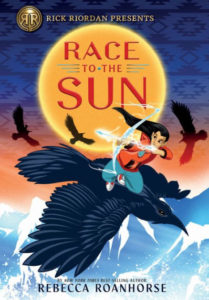 |
In Rebecca Roanhorse’s Race to the Sun (Rick Riordan Presents, 2020), which features elements from Navajo mythology, seventh-grader Nizhoni Begay with her little brother and best friend, end up following in the footsteps of the legendary Hero Twins in an attempt to find the House of the Sun and save Nizhoni’s father. For ages 9-12. |
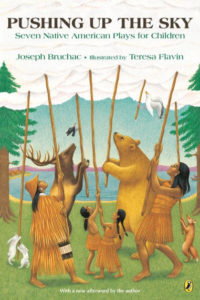 |
By Joseph Bruchac, Pushing Up the Sky (Dial, 2000) is a collection of Native American stories to be performed as plays – among them “Gluskabe and Old Man Winter” (Abenaki), “Star Sisters” (Ojibway), and “The Cannibal Monster” (Tlingit). Recommended for ages 7-10. |
|
From Mr. Donn, see Aztec Myths and Stories for Kids and Native American Stories, Myths, and Legends for Kids. |
|
|
For a hyperlinked list of Aztec gods and supernatural creatures, see Aztec Mythology from Academic Kids. |
|
|
For a long list of Native American legends, myths, and folklore listed by tribe (from in alphabetical order from Abenaki to Zuni), see Native American Indian Legends and Folklore. |
|
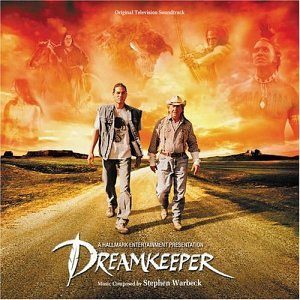 |
In the movie DreamKeeper (2003), teenage Shane is driving his grandfather from the reservation in South Dakota to Albuquerque for the great annual powwow. En route, the grandfather, a Lakota elder and storyteller, shares with Shane traditional myths and legends used to help their people find “the good red road” on their way through life. Not rated. |
|
See Native Americans for many more resources. |
MULTICULTURAL MYTHOLOGY
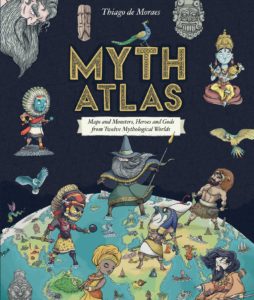 |
Mythology and geography! By Thiago de Moraes, Myth Atlas (Blueprint Editions, 2019) is an annotated picture atlas of twelve different mythological worlds, including those of the Greeks, Egyptians, Hindus, Norse, Polynesians, Aztecs, and more. For ages 7-10. |
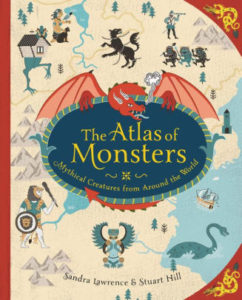 |
Purporting to be the work of intrepid (and imaginary) 15th-century explorer Cornelius Walters, The Atlas of Monsters (Running Press, 2019) is a collection of elaborate maps showing the location of mythological monsters and creatures from around the world. (And includes strange messages in a cryptic code…) For ages 7-12. |
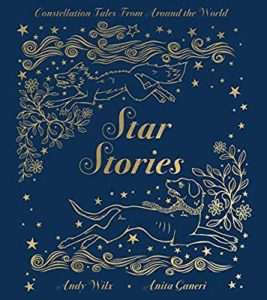 |
Mythology and astronomy! Anita Ganeri’s Star Stories (Running Press, 2019) is a collection of 23 constellation myths from around the world, including tales from ancient Greece, the America, Egypt, China, India, and the South Pacific. A wonderful tie-in to geography and astronomy. For ages 7-12. |
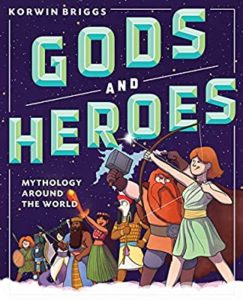 |
By Korwin Briggs, Gods and Heroes: Mythology Around the World (Workman, 2018) is a beautifully designed, reader-friendly collection of stories about mythological characters from 23 different cultures, presented in alphabetical order from Amaterasu, Anansi, and Aphrodite to the Yellow Emperor, Yi, and Zeus. Includes cartoon-style illustrations and fact boxes. For ages 8-12. |
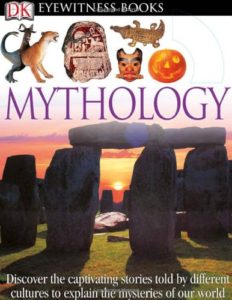 |
Mythology (Dorling Kindersley, 2017), one of the popular Eyewitness series, is an overview of world mythology, illustrated with colorful reproductions and annotated photographs of artifacts. Various double-page spreads cover “Creation of the world,” “Supreme beings,” “Super heroes,” “Gods of war,” “Mythical beasts,” “Sacred sites,” and more. For ages 8-12. |
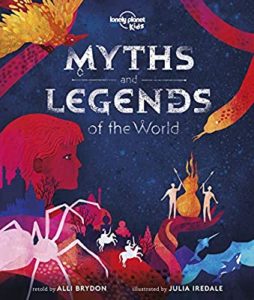 |
Alli Brydon’s Myths and Legends of the World (Lonely Planet, 2019) is an illustrated collection from Africa, Europe, Asia, Oceania, the Americas, and the Arctic. Stories include “The Tale of the Ghosts and the Flutes” (Africa), “The Selkies” (Europe), “Ganesh” (Asia), “Coyote Steals Fire” (America), “Sedna, the Mother of the Sea” (Arctic), and more. For ages 9-12. |
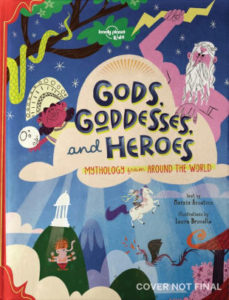 |
Marzio Accatino’s Gods, Goddesses, and Heroes (Lonely Planet, 2020) – subtitled “Mythology from Around the World” – includes tales from Greece, Egypt, Scandinavia, Asia, and the Americas. For ages 9-12. |
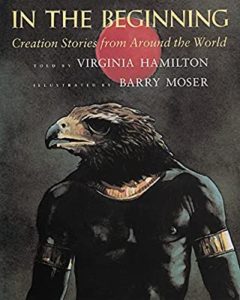 |
Virginia Hamilton’s In the Beginning (HMH, 1991) is a collection of 25 creation stories from around the world for ages 9 and up. |
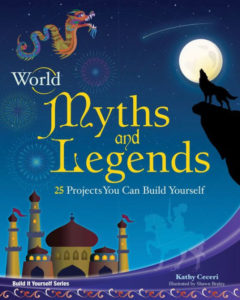 |
Kathy Ceceri’s World Myths and Legends (Nomad, 2010) is a collection of tales from the Middle East, Greece and Rome, Europe, Sub-Saharan Africa, Asia, Australia, and the Americas with 25 accompanying hands-on projects, among them making a cuneiform tablet, a thunder drum, and a rainbow suncatcher. For ages 8-12. |
|
The Encyclopedia Mythica has hundreds of searchable articles on various aspects of world mythology, folklore, and religion, categorized by world region or culture. |
|
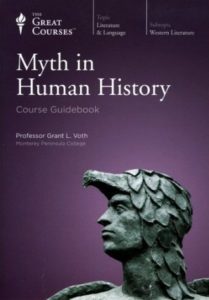 |
The Great Courses offers a huge array of classes, available as instant video, instant audio, or on DVDs. Mythology courses include “Great Mythologies of the World,” “Myth in Human History,” “The Iliad of Homer,” and more. “Great Mythologies of the World,” taught by multiple professors, consists of sixty thirty-minute lectures variously covering the Greeks and Romans, the Celts, the Norse, the Babylonians, the Egyptians, the great Indian epics, and myths of Persia, Africa, China, Australia, the native Americans. Courses are generally appropriate for ages 13 and up. |
